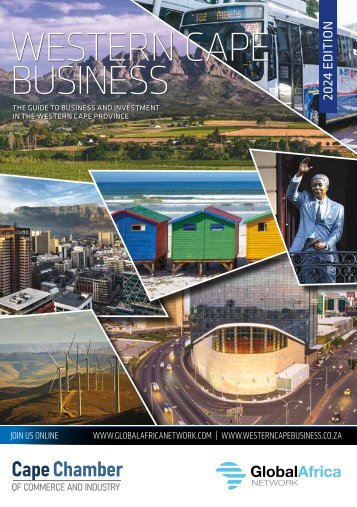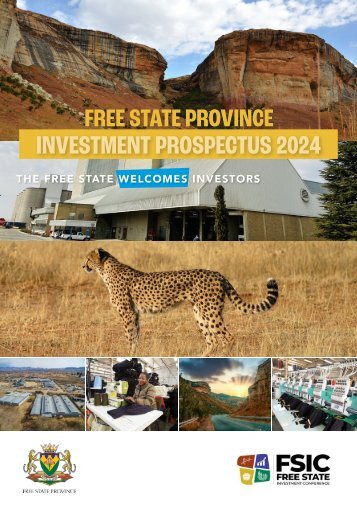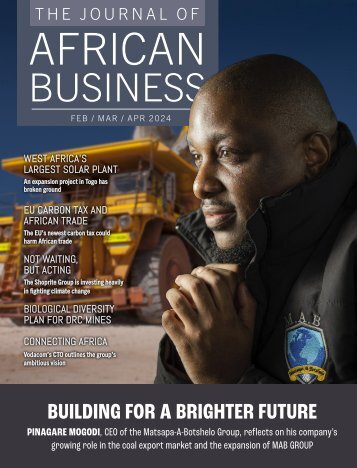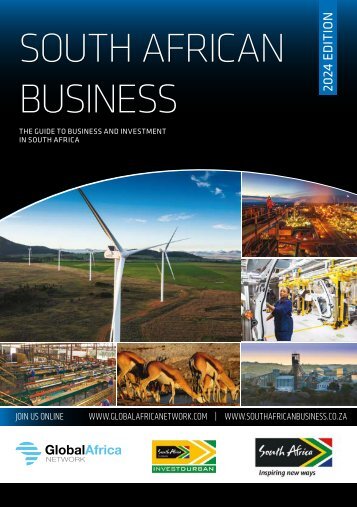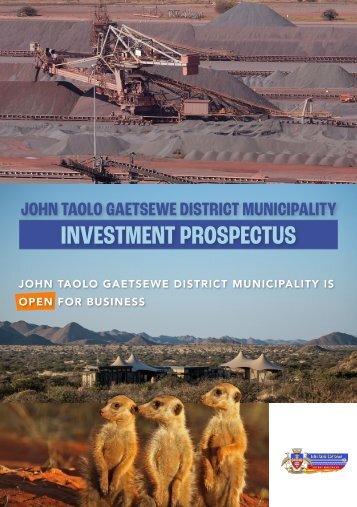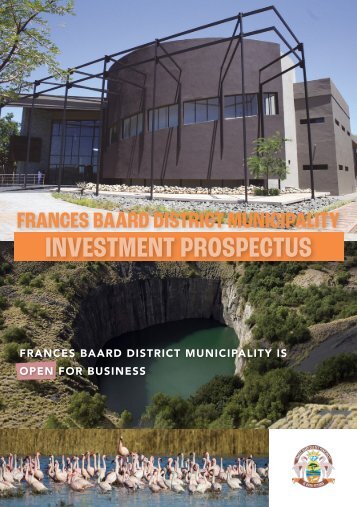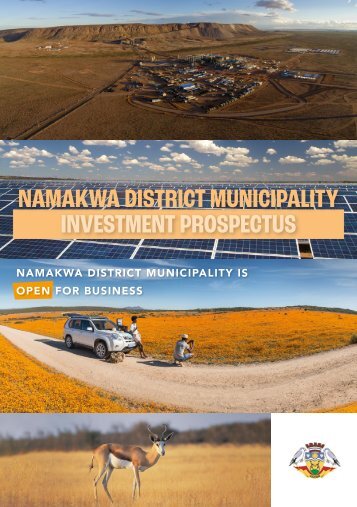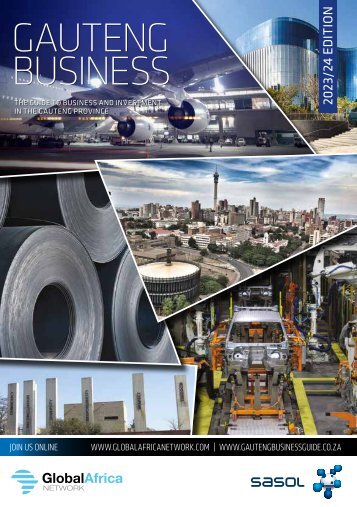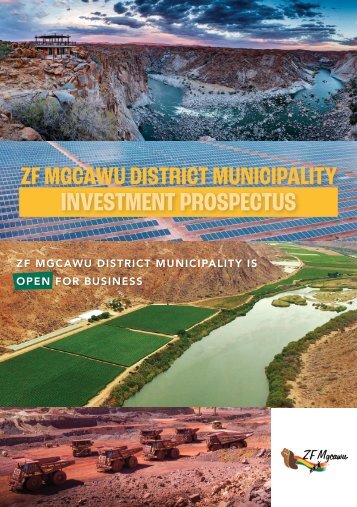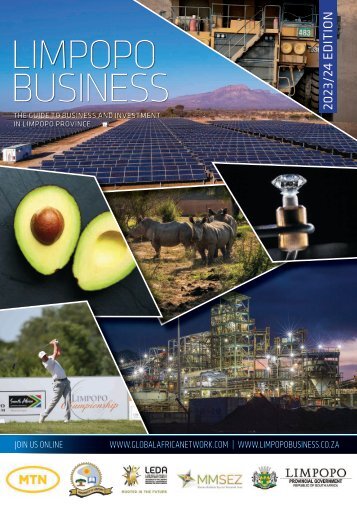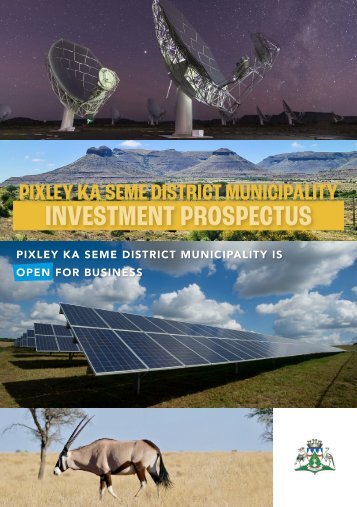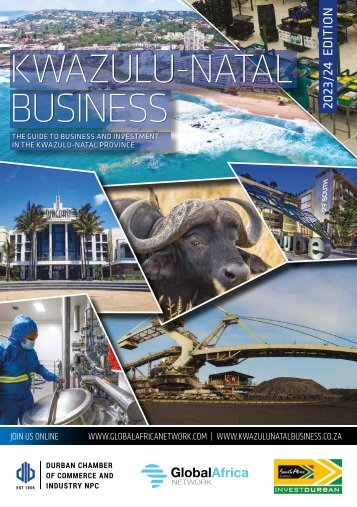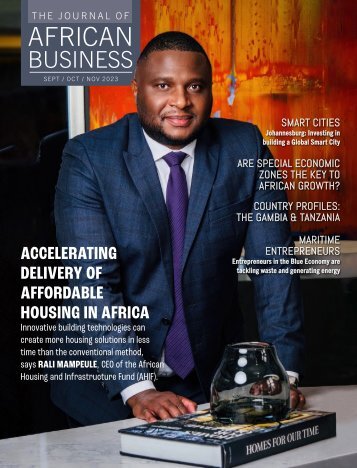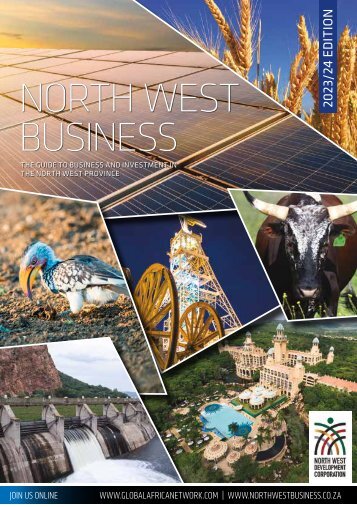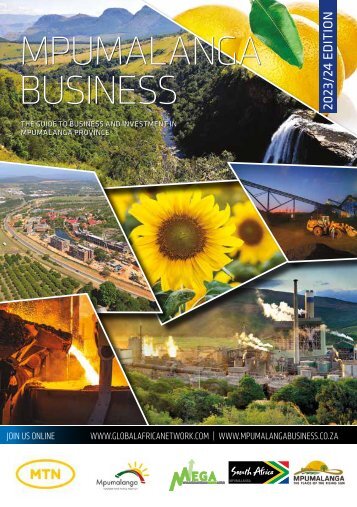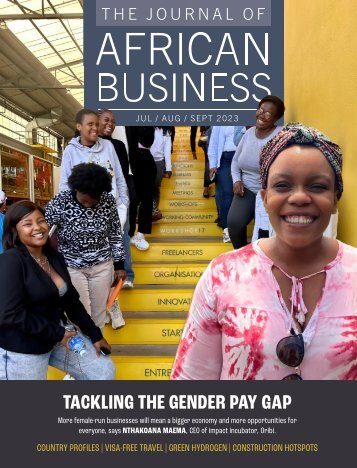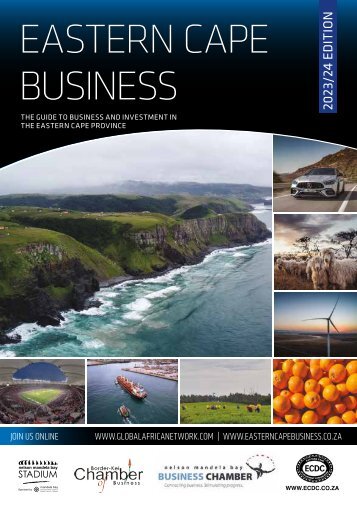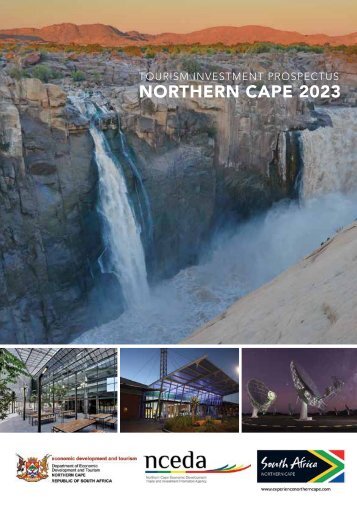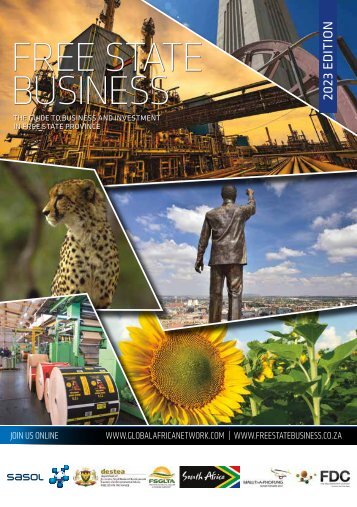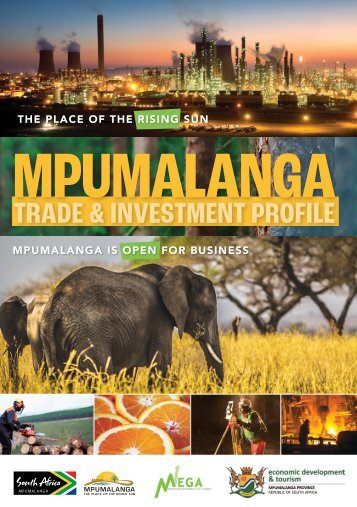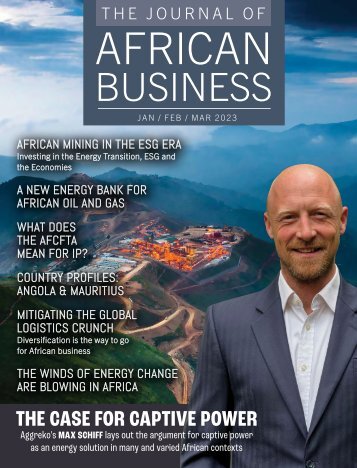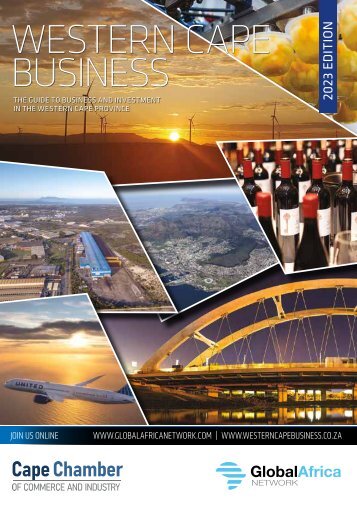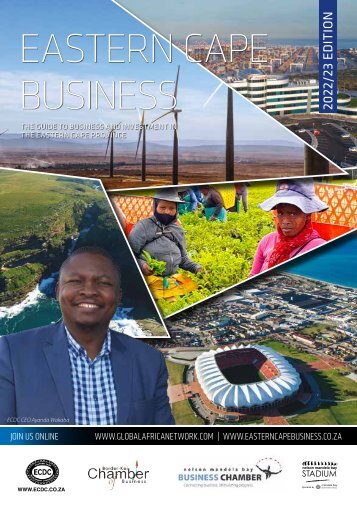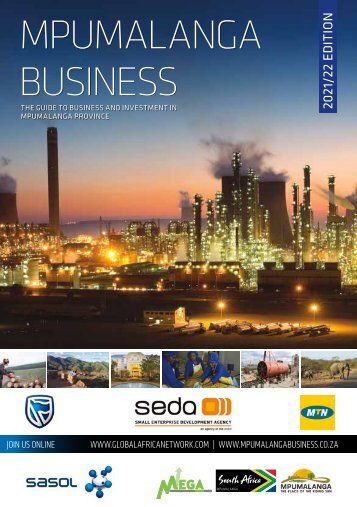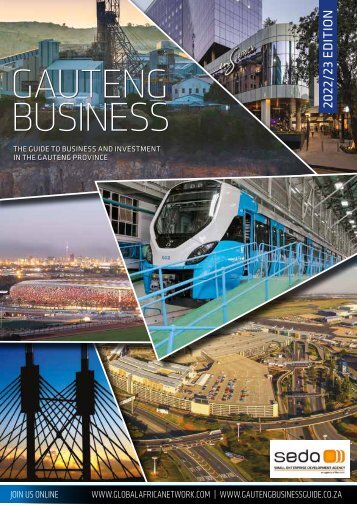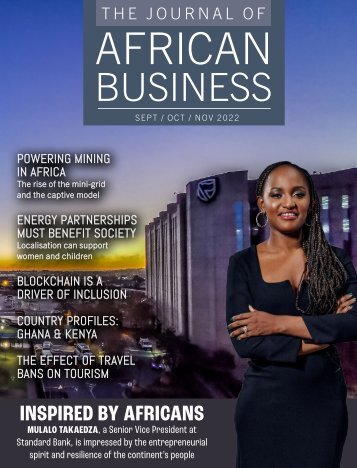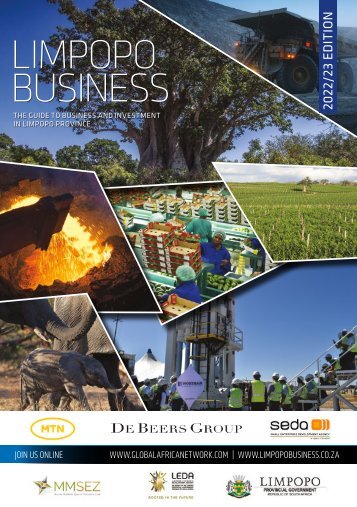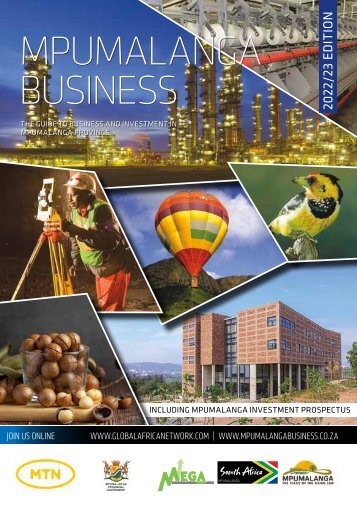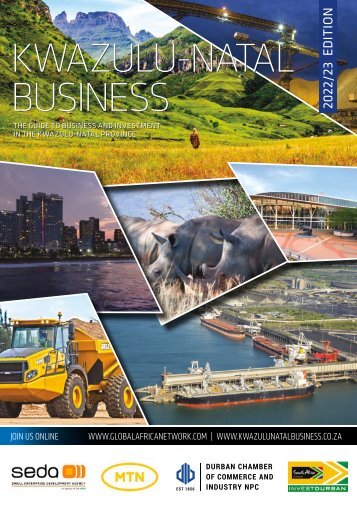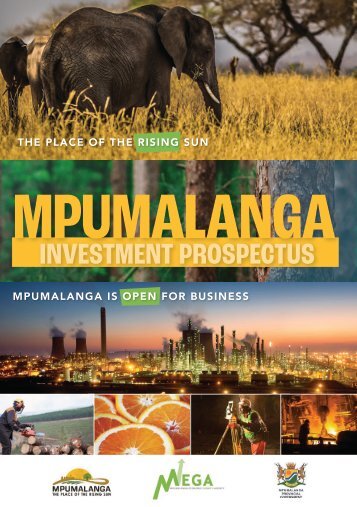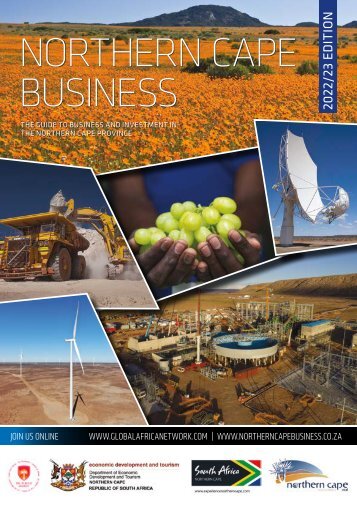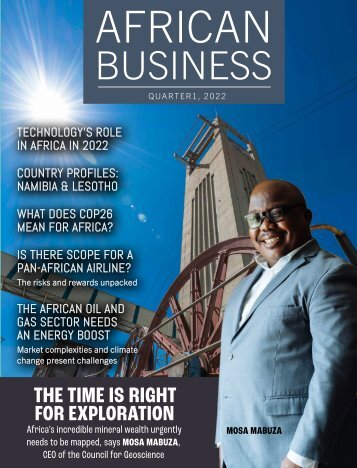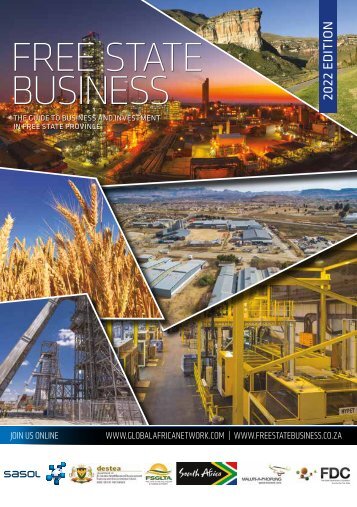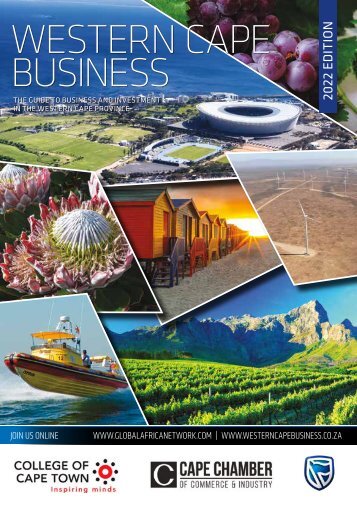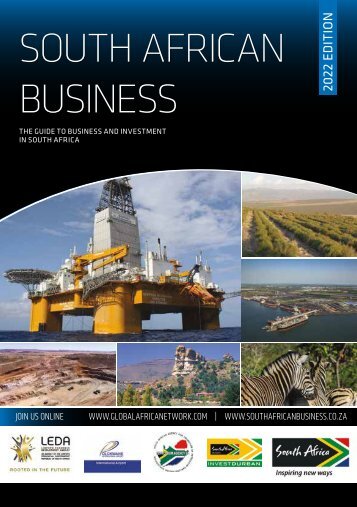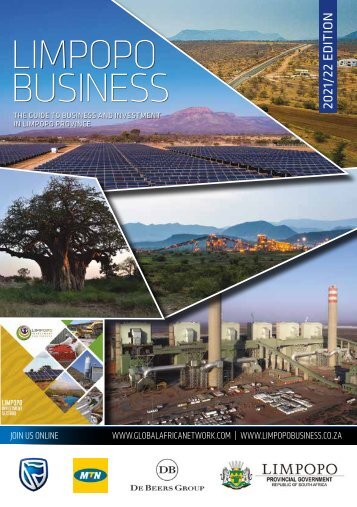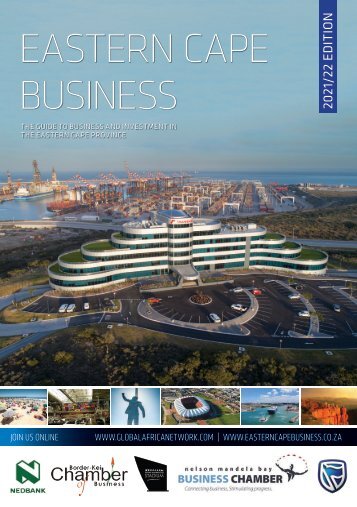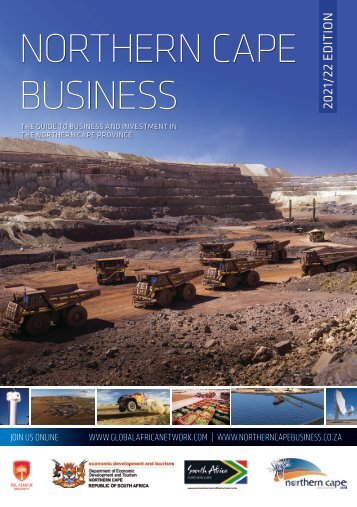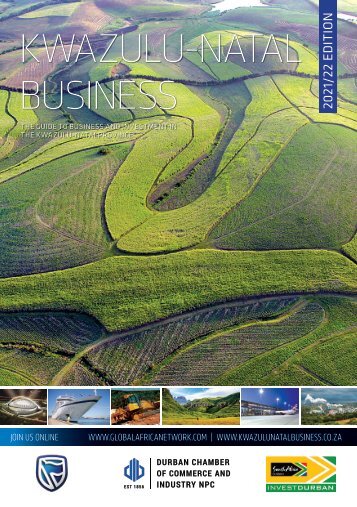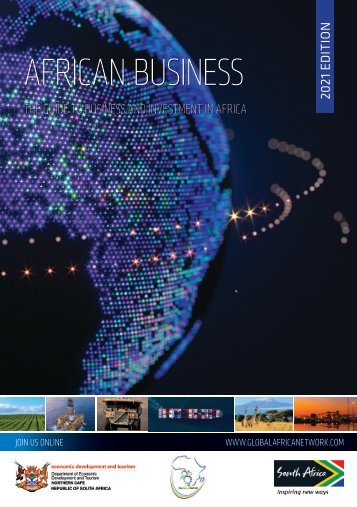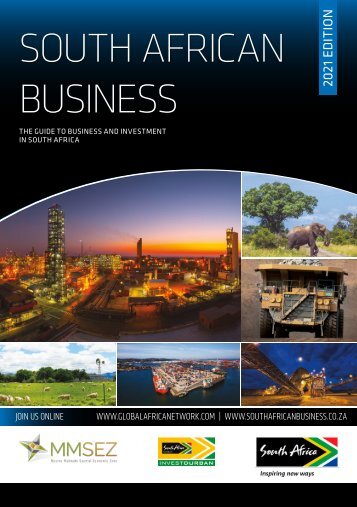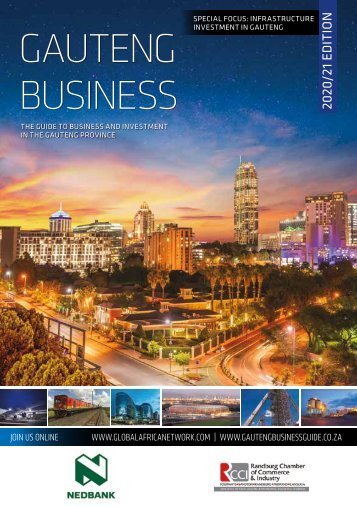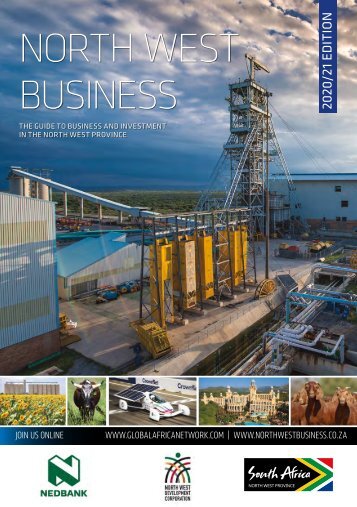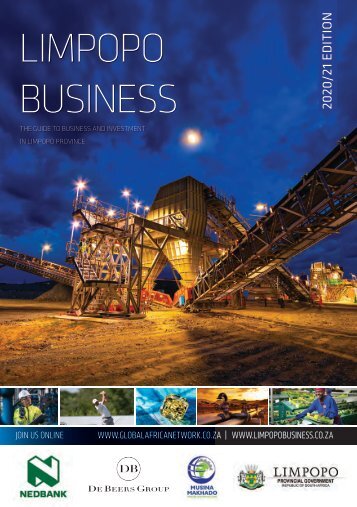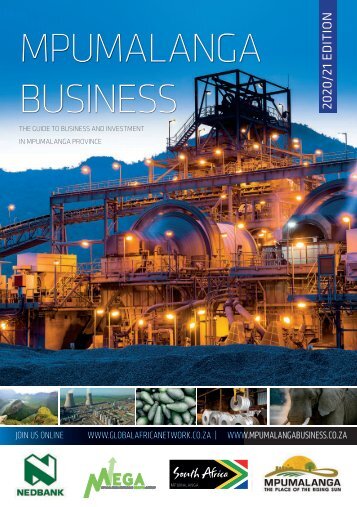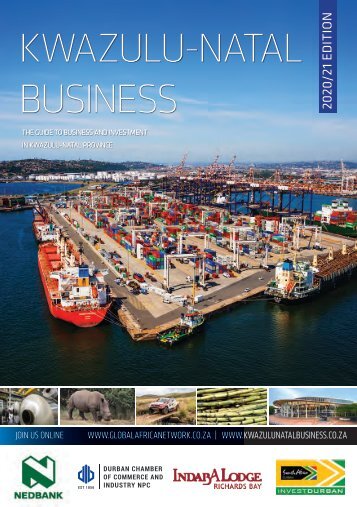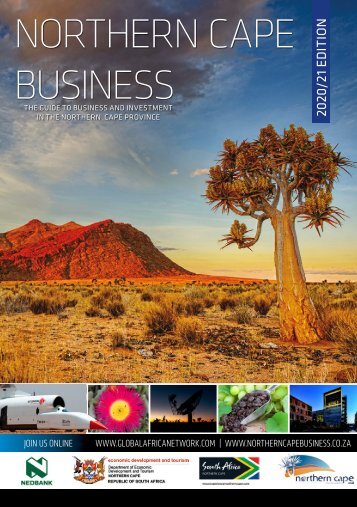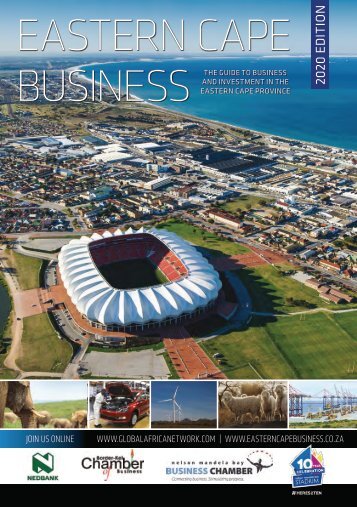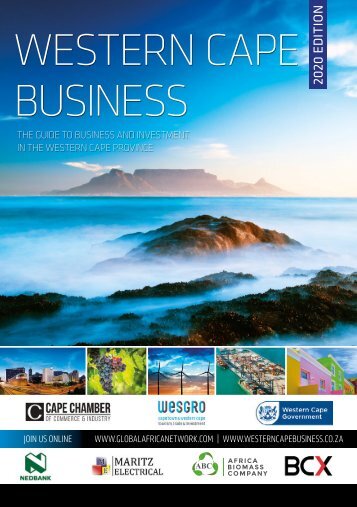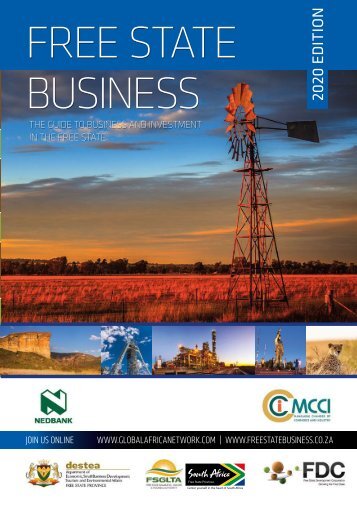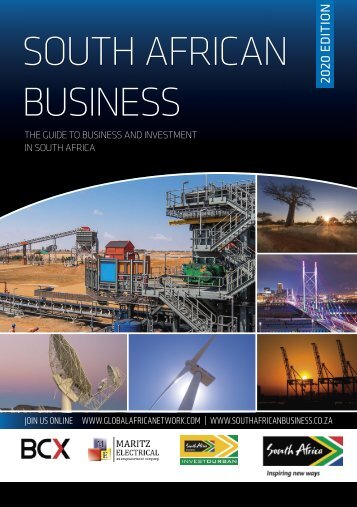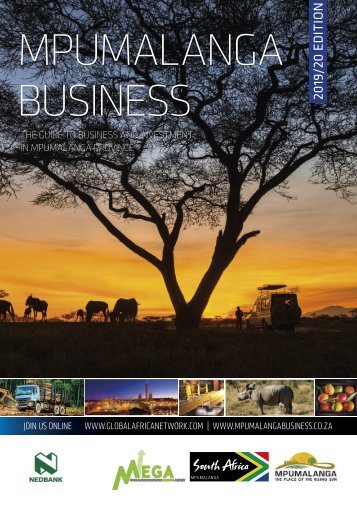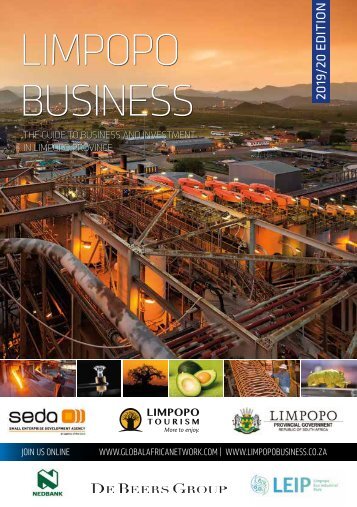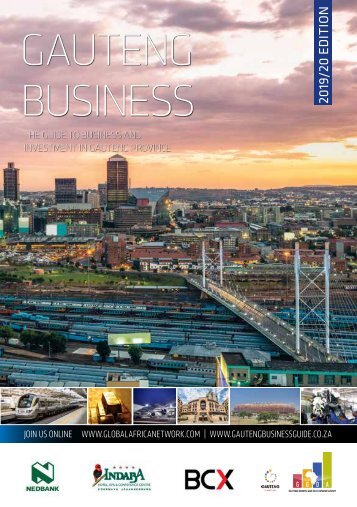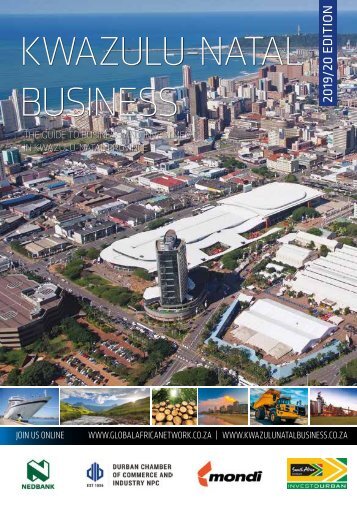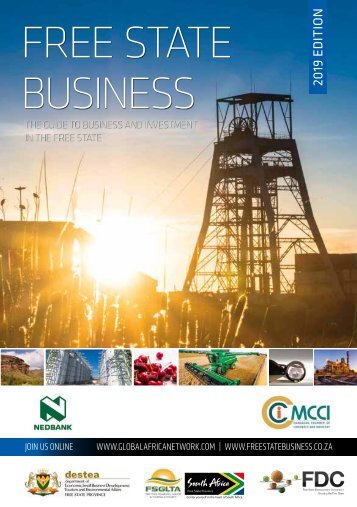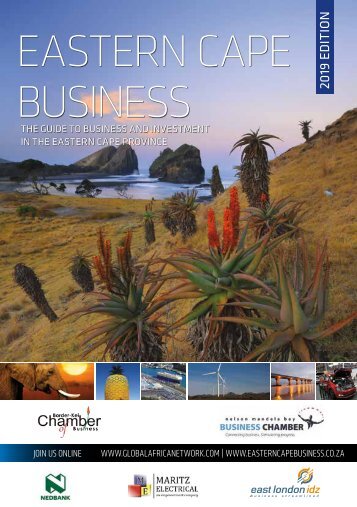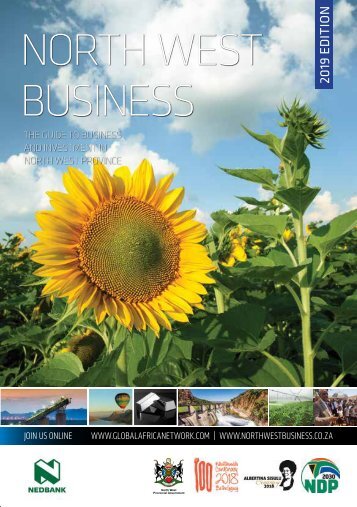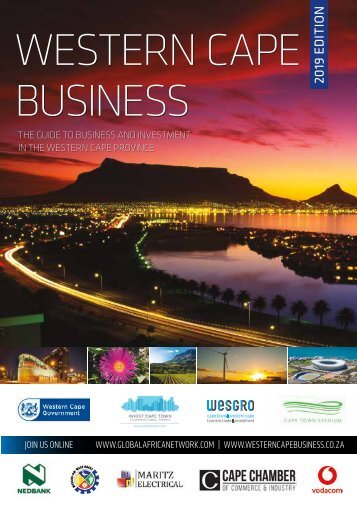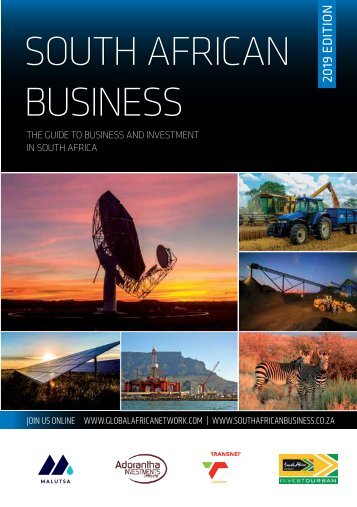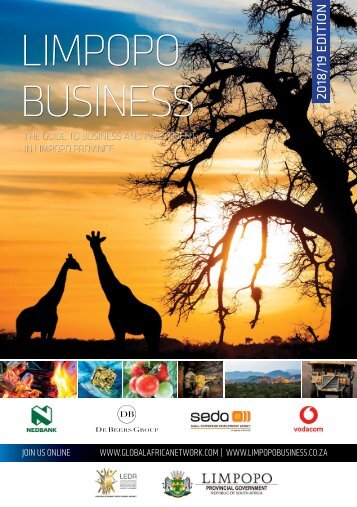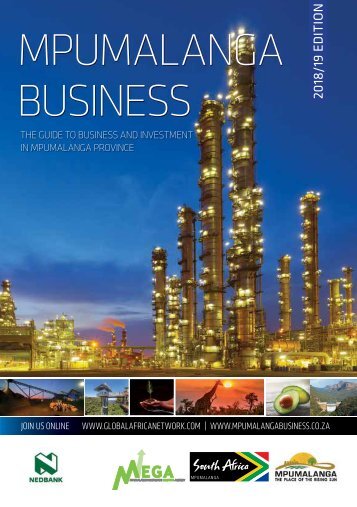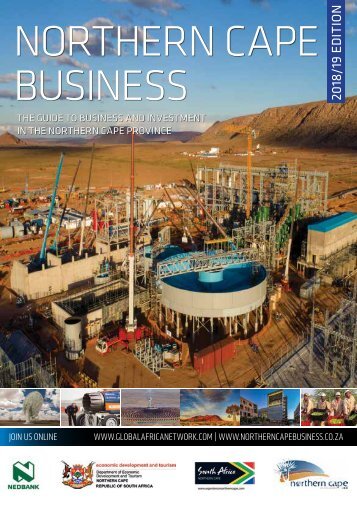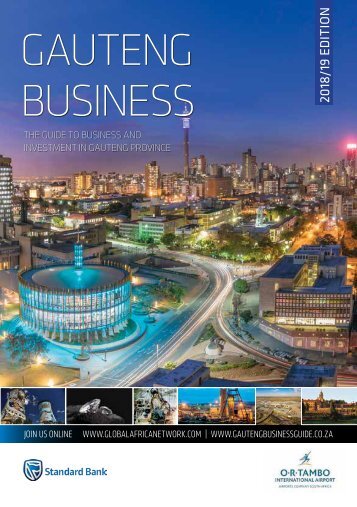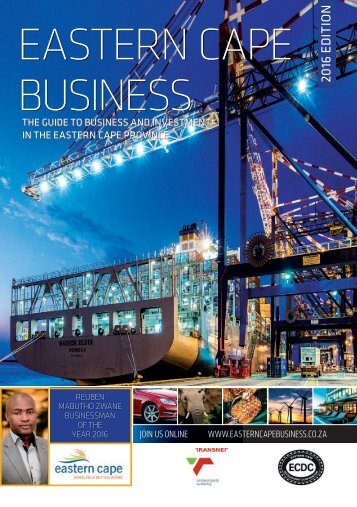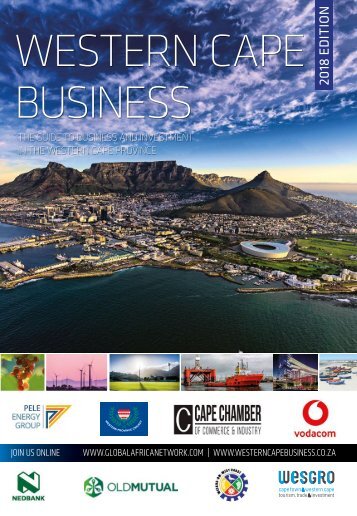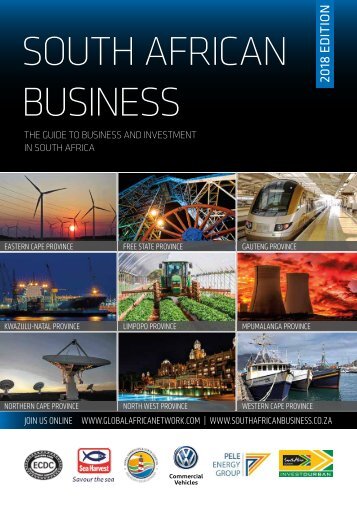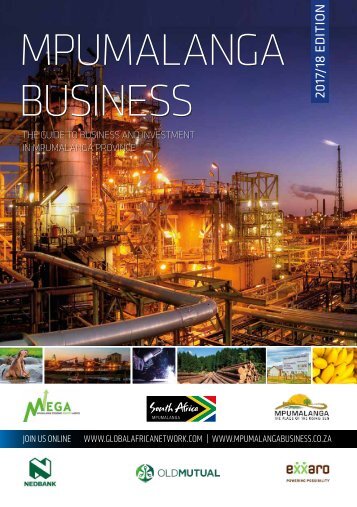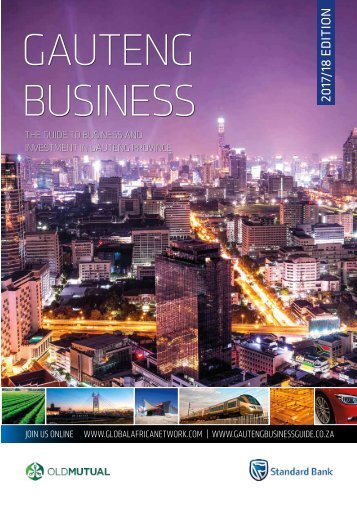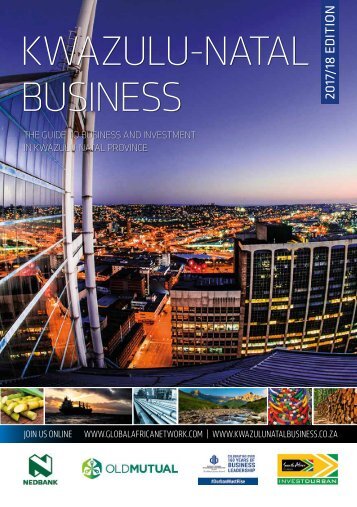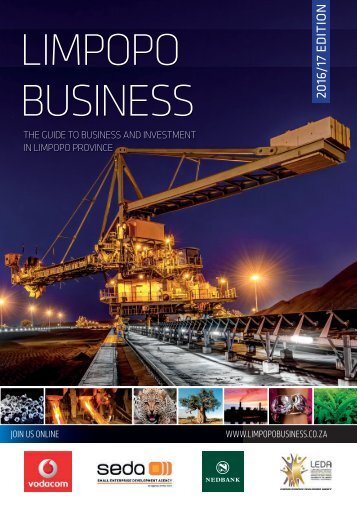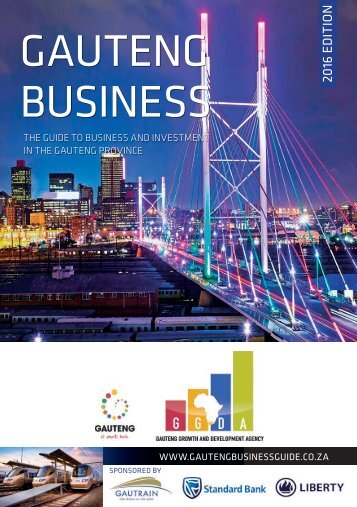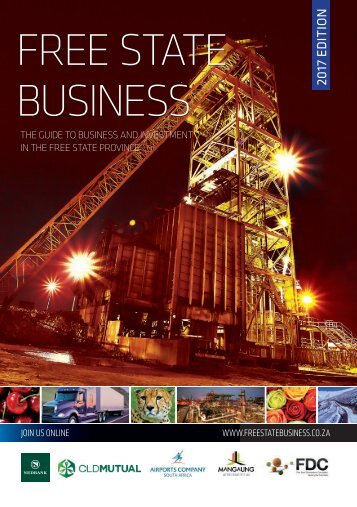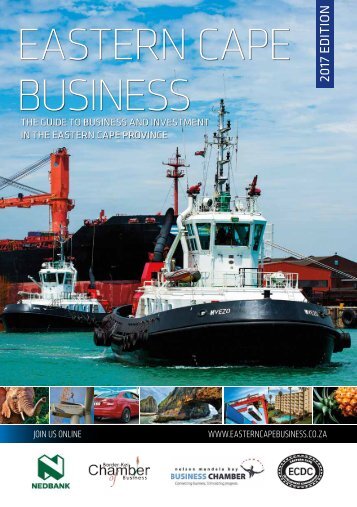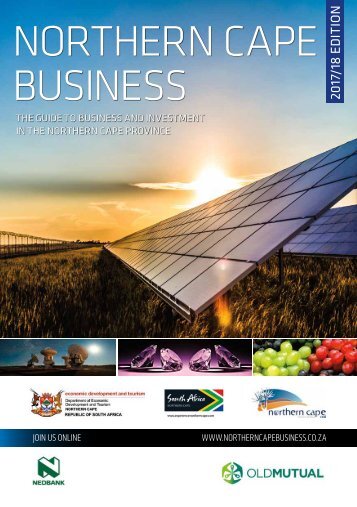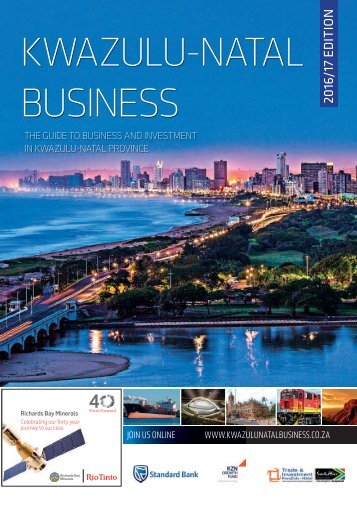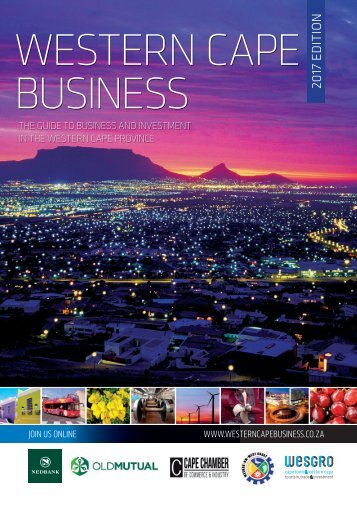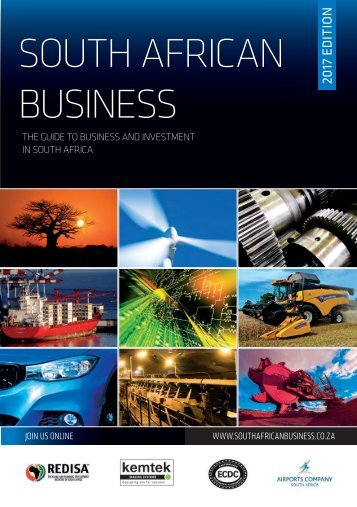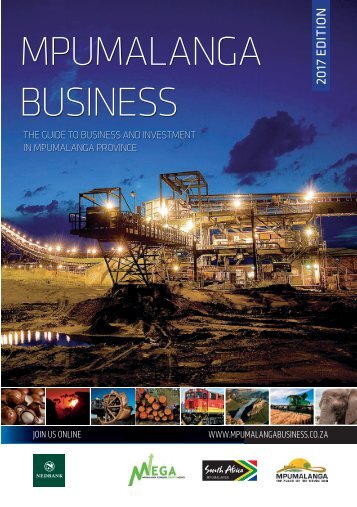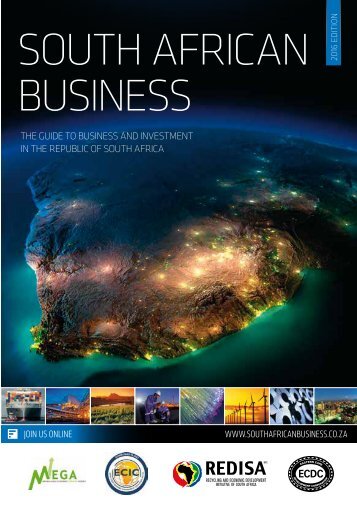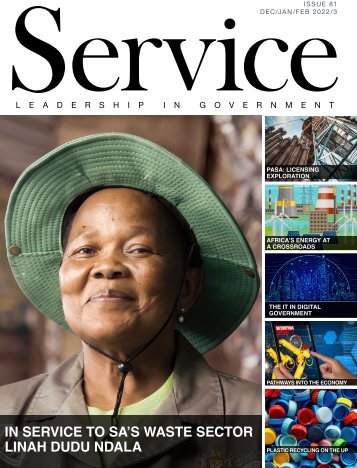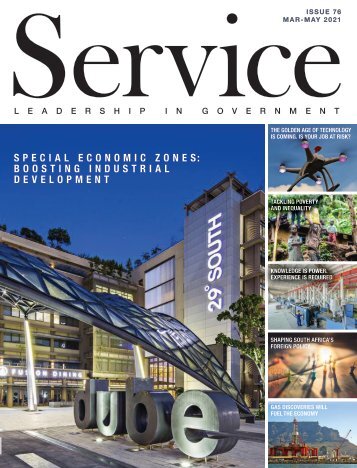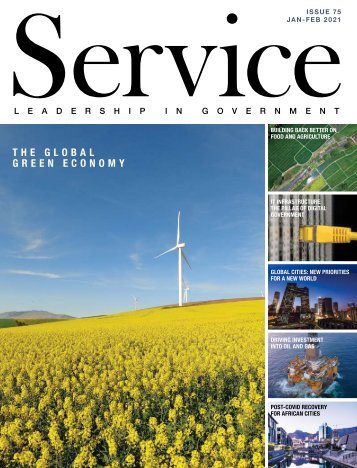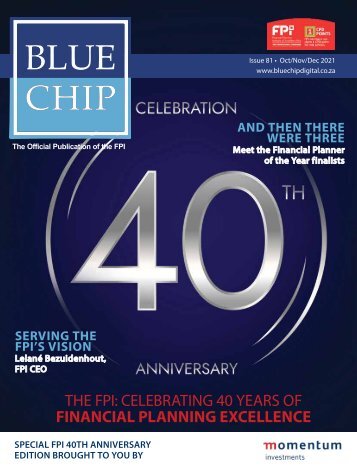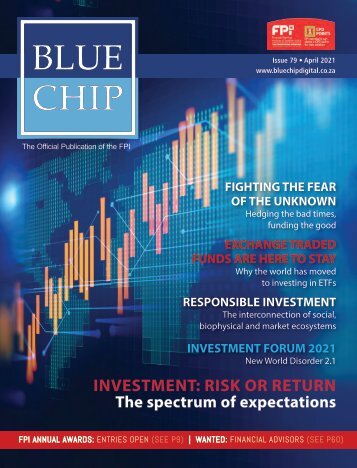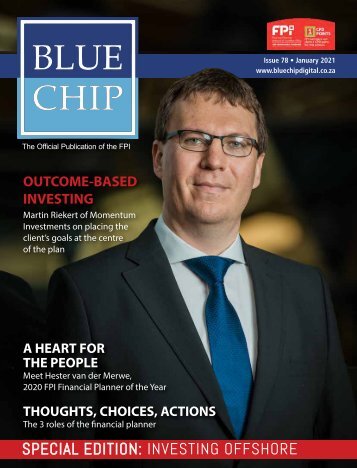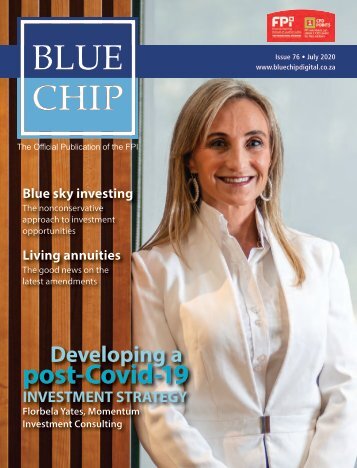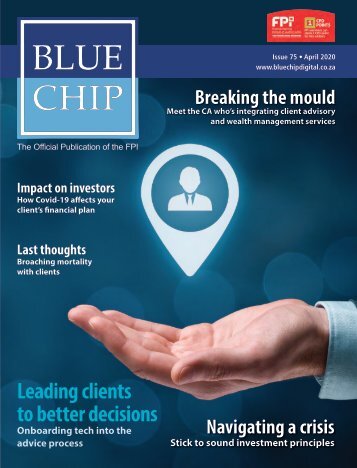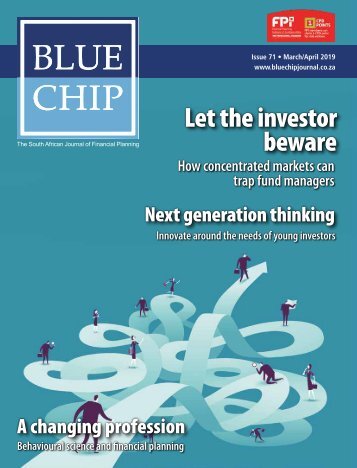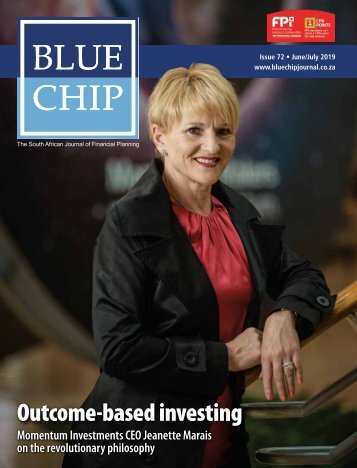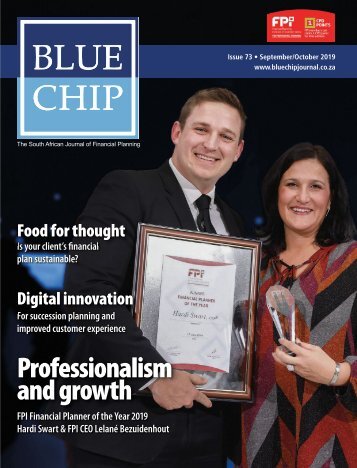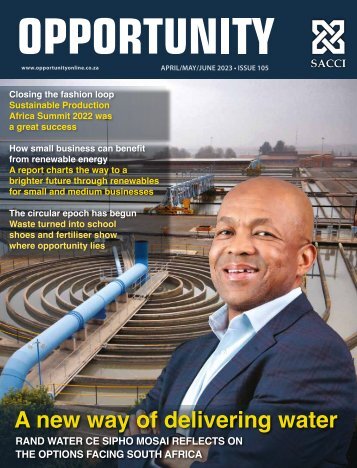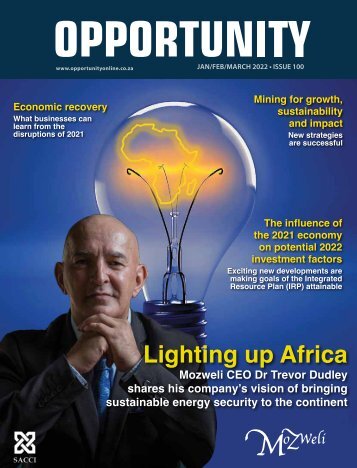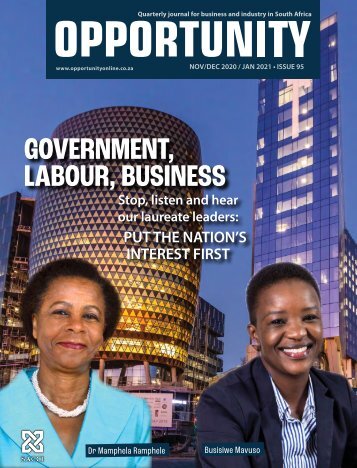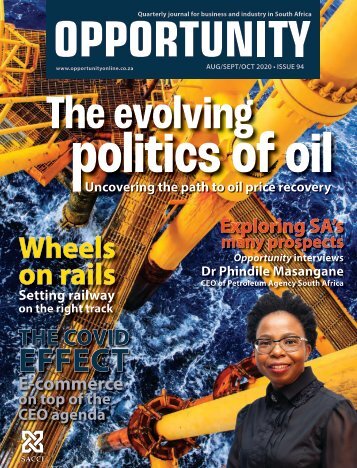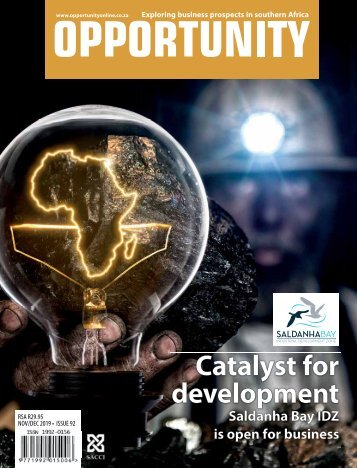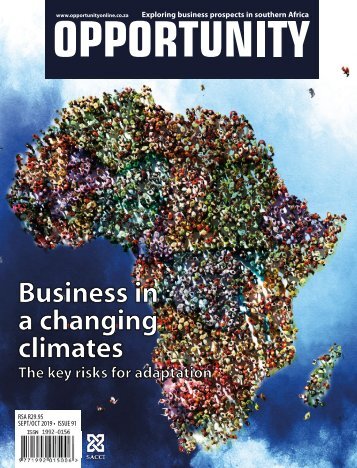Northern Cape Business 2017-18 edition
- Text
- Infrastructure
- Tourism
- Province
- Network
- Science
- Development
- Sez
- Business
- Investment
- Business
- Northern
- Cape
- Pretoria
- Province
- Kimberley
- Municipality
- Economic
- Mining
- Solar
- Upington
SPECIAL FEATURE In
SPECIAL FEATURE In announcing that the deep-sea harbour project was “progressing well” in her 2016 State of the Province address, Premier Sylvia Lucas referred to “aligning infrastructure to freight type and ensuring that network connectivity links complementary ports with inland connections”. Logistics comprises a complicated set of interlocking networks that requires very careful planning. The preliminary studies suggest that it would cost about R2.4-billion for the first phase of the seaside construction, with a further R800-million needed on the landside. There is an expectation that volumes through the harbour could be 20-million tons (for bulk commodities like manganese and iron ore) and 6.3-million tons of break-bulk cargo. The construction requirements of a project this size would themselves be a boost to the economy of the Northern Cape. The harbour project has the potential to be transformative. Small harbours Another Operation Phakisa initiative is the Small Harbours Development Unit. Set up within the national Department of Public Works, it aims to drive new economic development in coastal areas by unlocking the potential of small harbours. Small NORTHERN CAPE BUSINESS 2017/18 26
SPECIAL FEATURE harbours are also seen as having a key role to play in safety, security and territorial integrity. As a first step, 13 smaller fishing harbours in the Western Cape were identified and work began on a series of projects to start the revival process: repairing slipways, towing away sunken vessels and dredging. Many more creative and value-adding interventions lie ahead, and are expected to be undertaken even in areas that are currently not “proclaimed” fishing harbours. South Africa’s four coastal provinces have as many as 50 potential and existing unproclaimed harbours. The key is to stimulate economic activity. Activities to promote primary maritime activity could include: • infrastructure to support fishers: processing, ice production, cold storage • infrastructure for boat-building and repair • additional berthing and launching facilities • new recreational fishing points • access to better amenities for fishers. Tourism could be promoted through better: • pedestrian access • cleaning and maintenance • policing • stalls or shelters to sell crafts • partnerships with developers to develop restaurant, curio shops, retail, martime or marine museums and accommodation options • water recreation and sports. Steps are being taken to include the country’s small harbours as national assets in terms of the Government Immovable Assets Management Act (GIAMA). The National Department of Public Works is the custodian of the state’s immovable assets. The Small Harbours unit intends implementing the Spatial and Economic Development Frameworks (SEDFs) for the 12 proclaimed fishing harbours which were completed in 2014 and develop SEDFs for the remaining small harbours along South Africa’s coastline. An audit of all state coastal reserves needs to be done, and land for aquaculture projects must be made available for these enterprises. Short-term leases within harbours are also to be converted to three -five year leases so that business owners can have better security of tenure, allowing them to plan and expand. 27 NORTHERN CAPE BUSINESS 2017/18
- Page 1 and 2: NORTHERN CAPE BUSINESS THE GUIDE TO
- Page 4 and 5: CONTENTS CONTENTS Northern Cape Bus
- Page 6 and 7: CONTENTS Grapes and wine 48 The Ora
- Page 8: A REGIONAL OVERVIEW OF THE NORTHERN
- Page 11 and 12: SPECIAL FEATURE Other crops such as
- Page 13 and 14: SPECIAL FEATURE • Kelp processing
- Page 15 and 16: SPECIAL FEATURE beneficiation, main
- Page 17 and 18: SPECIAL FEATURE Northern Cape. Wine
- Page 19 and 20: SPECIAL FEATURE Scatec Solar (Norwa
- Page 21 and 22: SPECIAL FEATURE now employed in run
- Page 23 and 24: Listening to the universe... in the
- Page 25 and 26: Extreme testing Hot days and straig
- Page 27: SPECIAL FEATURE • that South Afri
- Page 31 and 32: SPECIAL FEATURE the Railway Museum
- Page 33 and 34: SPECIAL FEATURE Knights Tour throug
- Page 35 and 36: SPECIAL FEATURE adventure and leisu
- Page 37 and 38: ADVERTORIAL Nedbank’s new brand p
- Page 39 and 40: ADVERTORIAL Nedbank’s new brand p
- Page 41 and 42: OUR BEST ADVICE TO YOU IS: ADVICE M
- Page 43 and 44: Old Mutual Foundation are partnerin
- Page 46 and 47: OVERVIEW Agriculture Northern Cape
- Page 48 and 49: OVERVIEW Companies KLK is based in
- Page 50 and 51: OVERVIEW Grapes and wine The Orange
- Page 52: PROFILE South African Table Grape I
- Page 55 and 56: OVERVIEW Initiatives Most of the ar
- Page 57 and 58: OVERVIEW from it. The national Depa
- Page 59 and 60: Kimberley Ekapa Mining JV A New Fut
- Page 61 and 62: OVERVIEW Bulk water and reticulatio
- Page 63 and 64: Banking and financial services Bank
- Page 65 and 66: Our Offering for Small to Medium Bu
- Page 67 and 68: Meeting your Payroll Needs Speak to
- Page 69 and 70: OVERVIEW support small, medium and
- Page 71 and 72: PROFILE Through affiliation with na
- Page 73 and 74: LISTING Department of Defence Addre
- Page 75 and 76: LISTING Department of Water and San
- Page 77 and 78: LISTING MUNICIPALITIES IN THE NORTH
- Page 79 and 80:
LISTING Kareeberg Municipality Tel:
- Page 81 and 82:
PROFILE Free State Province. Kimber
- Page 83 and 84:
Calling all explorers, adventurers,
Inappropriate
Loading...
Mail this publication
Loading...
Embed
Loading...

